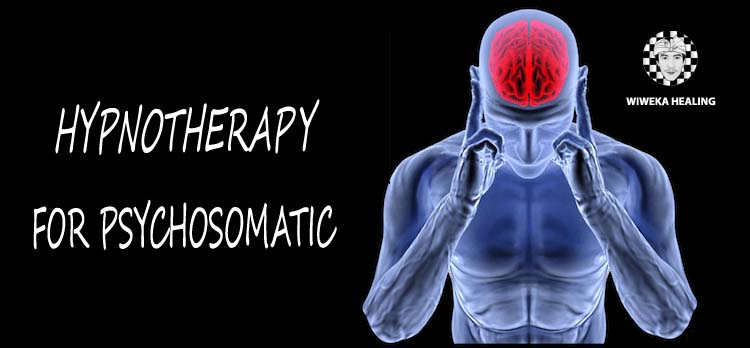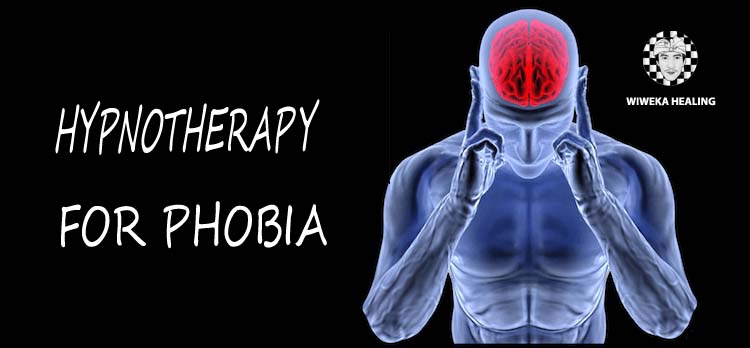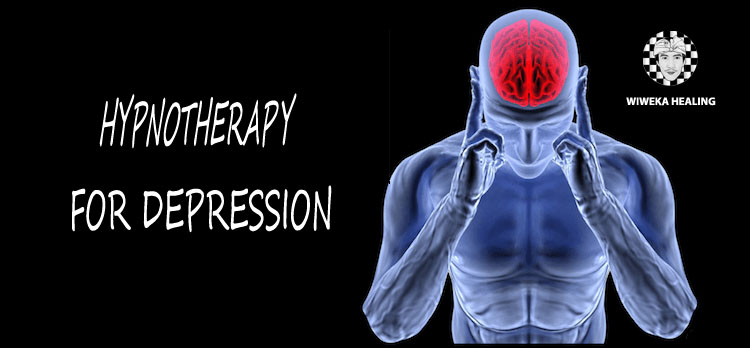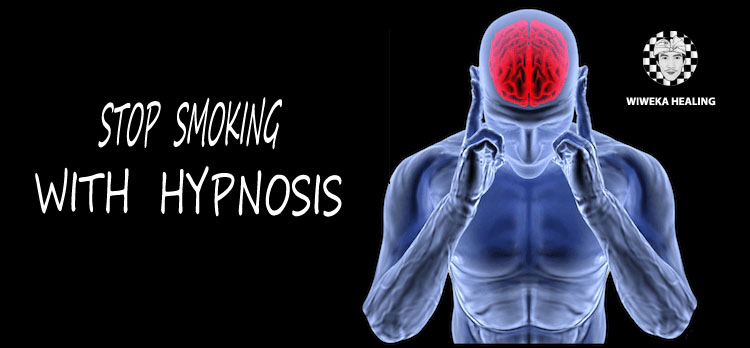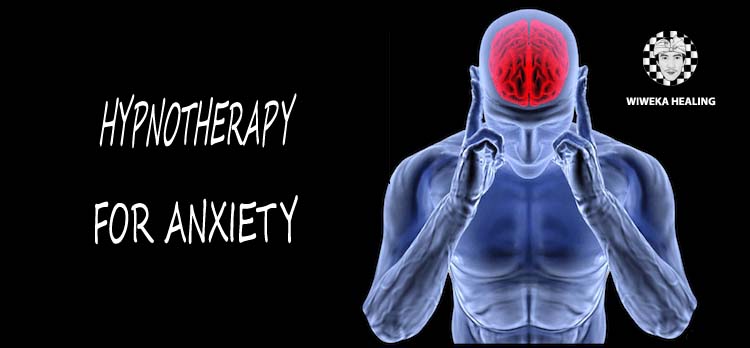What’s the secret to happiness?
Is it being rich? Is it having a loving family? Is it being healthy and living in an area of natural, beauty? Is it all of those things?
The answer is that it’s none of them. And that might surprise you, but even with all those things going for you, you might be miserable. Meanwhile, someone living in the worst of conditions – with crippling hunger, illnesses, poverty and not a family member in sight – can actually be one of the happiest people in the world.
So what’s going on?
Well, it all actually comes down to the way that you perceive your situation and the way you think about the circumstances you’re in. A billionaire can be depressed and especially if they don’t focus on what they’re grateful for. But if you learn to see the beauty in everything and if you can learn to calm your mind and shut out stress – then you can enjoy bliss wherever you are.
How do you accomplish this? Like anything, it comes from training. If you can learn to control your mind, whether through meditation, CBT or other methods, you’ll find that you can start to decide how you want to feel and how you want to react at any given time.
What’s more, having the ability to control your mindset like this can help you to achieve a lot of other things. Overcoming stress for instance means that you can stop ‘treading water’ and you can stop ‘putting out fires’. Instead, you can get your head above water and start to decide the trajectory you want for your life and how you’re best going to use your time. And better yet, if you can learn to control your mind, you can even start to tap into ‘flow states’. That means that you’re so completely focussed on the activity you’re engaged in, that you actually manage to tune out everything else and time almost seems to slow down. Flow states are the mental state that most athletes are thought to be in when they break world records or score winning goals. And when you put this state under the microscope and use a brain scanner, we can see that it’s actually a state very similar to meditation!
How to Control Your Brain, Your Thoughts and Your Emotions
Meditation is the first step to becoming more in control of your mind, your emotions and the way you choose to feel, think and act. Once you learn to use meditation, you’ll create a ‘safe’ place that you can escape to any time you choose. This will allow you to become completely relaxed and to ‘detach’ yourself from the petty concerns that you might have and all those not so petty ones. Because at the end of the day, constantly thinking about your debt or about your relationship problems isn’t going to help. It’s certainly not going to help on the bus on the way into work in the mornings. So if you can learn to tap into a calm and relaxed state, you can give your mind and body the rest and recuperation they need in order to attack the day ahead with the most energy and the most vigor.
Studies show us that meditation can help us to enter a ‘theta state’ in our brain, where many of our brainwaves will start to slow down, showing reduced activity. This is very good for us and can help to lower blood pressure, improve mood and generally help us to become calmer, happier
and more focused. Instead of worrying and stressing, we are simply ‘existing’. At the same time though, meditation is also useful for other reasons. That’s because it’s training. What you’re effectively doing is training your brain to learn how to focus and you’re training yourself to learn how to direct your attention the way you want to. Now you’re teaching yourself to avoid the temptation to think about certain things and to decide where and what you want to send your focus. This actually creates more neural connections in the brain and it leads you to become smarter, improving your memory, your IQ and your attention. But at the same time, this also teaches us that we are not slaves to our emotions or to our thought processes. Rather, we can control them at will in order to ensure that we’re always in the most productive and useful mental state for the given scenario.
And that’s when we’re going to introduce our second skill and our second technique: CBT.
CBT is ‘cognitive behavioural therapy’ and is basically a psychotherapeutic technique. That means that it’s a tool set used by psychologists to help us overcome various different types of mental
health problems, anxieties etc. Ultimately, this works by teaching us to change our thought processes and to take control of them and it shows us how to detach ourselves from unhelpful ruminations. Sound familiar?
Using CBT, you can decide that you’re not going to think ‘what if I fall’ anymore and that instead you’re going to think ‘I’m perfectly safe and secure’. And likewise, this can be applied to any other area of your life. Instead of thinking ‘there’s so much I need to be stressed about right now’, you can instead think ‘I’m going to take this one step at a time’ or ‘I love a challenge’. You haven’t changed your situation but you’ve changed your response to the situation. Suddenly, life has more meaning, more color and more excitement.
THAT is how you become happy.
Of course this report isn’t nearly big enough to tell you how to do all of this. For the full scoop on how to use CBT and meditation to calm your mind, you’ll need to watch the video. But in this report, what we will learn is how to get started with some simple meditation techniques and how to start applying that to your life in order to feel a little more in-control.
Why You Need This Right Now
Hopefully, you are not the depressed millionaire that we described at the start of this article. However, it is probably true that you are somewhat comparable to that caricature. That’s because most of us are. Most of us should have everything we could possibly want. After all, the majority of us have nice homes that keep us warm. Most of us are surrounded by friends and family. Most of us have all kinds of things to look forward to like holidays, like new films coming out…
If you were to tell someone about your problems and your ‘stress’, they would probably just laugh at you! In fact there’s a funny meme about this very concept and it’s called ‘first world problems’. A first world problem is when you drop caviar all over your non-machine-washable rug. The
stress! It’s when you have too many Ferrari’s to fit in your garage. The horror! Of course this is something we laugh at now, but actually if you put your real problems in perspective then they may well be equally laughable.
You’re stressed because you have some upsetting calls you need to make at work? That’s like…
5 minutes of your day and it’s not your fault anyway! You’re stressed because you don’t have enough money to afford a holiday this year? Or because you’re in debt? How about all those people living on the street?
Of course I’m not telling you that your problems are real. Far from it. In fact they’re just as real as the big problems. My friend was talking to me a while back about her Mum and she told me how the problems that her Mum shared with her ‘weren’t really problems’. She had to make a hair appointment at 11am and tidy the house for guests that day. Stressful right? But here’s the thing: it is stressful to her. And actually, it’s just as stressful as trying to find shelter to sleep in for the night. Sound ridiculous? Well that’s human nature for you!
The concept is what’s known as the ‘hedonic treadmill’. Basically, this is a theory that we will always be equally stressed and that we will always be equally happy. We always find ourselves an equilibrium because it provides us with just the right amount of motivation to keep going but not so much that we curl up into a ball and surrender (a response known to psychologists as ‘helplessness’).
In fact, one study looked at recent amputees (so people who had just lost their arms) and compared their happiness with lottery winners. In the first few days after those events, the lottery winners were of course much happier than the amputees. But when they surveyed them again a few years later, guess what? They were exactly equal in terms of their happiness and their life satisfaction.What does this tell you? Give up because you’ll never be happy?
No!
It tells you that you need to stop chasing after things that you think are going to be the answer to everything. No matter what situation you’re in, there will be stresses. And no matter how happy you are, those stresses are going to seem massive! All you can do is to try and make yourself look at this in a positive light so that you can be as happy as you possibly can be.
The Digital Age
There are other problems with this too though. One of them is the digital age. That is to say that everything is constantly trying to get our attention and is constantly trying to stress us out and this leaves us ‘wired and tired’.
Why? Because stress is attention. In other words, when your body is stressed by something, that’s what it directs your mind towards. Something happens in your environment, your body releases cortisol and adrenaline,
and thus your ‘salience network’ kicks into gear and makes you pay attention to what’s happening.
So if you’re focussing on something, or if something is grabbing your attention, that means your body is in its stress response.
And this is exactly what’s happening whenever:
- An alarm goes off
- You get a text
- You watch TV
- You see an advert
- You hear a car honk its horn
- You get an email from your boss
This then makes it very hard for us to switch off and we keep worrying and stressing about those things. We’re like a cat on hot bricks half the time! And when we get home, it’s very easy to forget all those nice things that we have to appreciate. After all, your partner, your delicious home cooked meal, that good book – none of them are filled with flashing lights or bright colors. We’re busier than ever before right now too. The hedonic treadmill is in full swing and most of us feel like the answer is to work harder and harder and harder until we completely collapse. Getting control of your mind is the antidote and we have never been in greater need.
Let’s start with a little meditation
Two Types of Meditation to Get Started With.
To begin with then and to set you off on the right path, allow me to introduce you to two types of meditation you can start using to be happier, more relaxed and less stressed. There are actually a large number of different types of meditation. If you read the full book you’ll learn a whole selection and how they vary in terms of their practice and in terms of their goals. But for now, we’re going to focus on two that are among the easiest types. These are: transcendental meditation and mindfulness meditation.
Transcendental Meditation
The idea behind transcendental meditation is simply to focus your mind and to remove all thoughts. This is perhaps one of the most widely known and recognized forms of meditation and is a great place to start as a result.
The idea is that you’re going to make that ‘inner voice’ completely quiet. You’re trying to lose all those nagging doubts and concerns and instead just allow your brain to enjoy a little piece of quiet. This is immediately beneficial but in the longer run, it will also train you to improve your
focus. Not thinking is actually very hard and can require a lot of will power!
So how do we start practicing this form of meditation? To start with, you want to sit somewhere quiet with your eyes closed. A lot of people will sit with their legs crossed and the idea here is to prevent you from falling asleep! The next thing you can try doing is just focussing on something that will allow you to hush those thoughts. Simply ‘not thinking’ is very hard but conversely, if you can listen to a certain sound or focus on a certain point then you may find that it’s easier to keep your head empty.
For this reason, a lot of people will try using ‘mantras’. Mantras are phrases that you can repeat over and over again or single words. By focusing on that word, you can remove other thoughts. Another option is to focus on the sound of your breathing. Now what’s very important here is that you don’t be too strict on yourself. A lot of people will find themselves thinking things like: “I haven’t thought for a long time… darn, that was a thought! Now I am thinking about thinking! Don’t think!”.
This can be very frustrating and it leads many people to end up giving up. As it happens, it also happens to be completely unhelpful as far as the process goes. Why? Because the whole point is to create calm! And if you are stressed about failing in that method, then you’re making yourself stressed. This is the antithesis of what you’re trying to achieve and it will cause your brain to become ‘noisier’. It’s very important then that you just excuse yourself if you find your mind wandering, make a note of it and return to your focus. Don’t hope for miracles in the first few weeks or even years. In fact, don’t hope for any kind of ‘sensation’ or ‘goal’. Just practice being quiet and taking control of your thoughts!
CBT
Another kind of meditation that you might be interested to try is ‘mindfulness’. And mindfulness meditation is particularly useful because it plays a big role when it comes to CBT and will be very useful for changing your thought patterns. Whereas the idea with transcendental meditation was to make your thoughts completely disappear, here that is not the aim at all. In this case, the aim is rather to invite those thoughts and allow them to pass by. The difference is that you’re not going to be focussing on those thoughts or engaging with them emotionally. Instead, you’re simply going to let your thoughts ‘appear’ and then ‘drift by’. You’re not letting the thoughts dictate to you how you should feel, instead you’re just noticing them and remaining completely detached.
This now means that you’re not stressed anymore because you’re not letting the thoughts affect you that way. At the same time though, this can provide a very helpful introspection. In other words, you’re learning what kind of thoughts you have regularly and this allows you to subsequently reflect on those thoughts and to think about the impact they might be having on your mood. What’s more, is that you can then go about changing those thoughts in order to become happier, more content and less stressed permanently – and even to cure phobias. That’s where the ‘CBT’ part of all this comes in. But for now, just watch your thoughts drift by like clouds and don’t let them effect you.
Introducing Meditation to Your Routine
So now you know a bit of the basics when it comes to meditating, how are you going to introduce that to your routine and actually start getting some of the benefits? One good way to start is by meditating for just 10 minutes each morning. This is a great strategy because you’re not creating too much of a challenge for yourself and you’re not setting your expectations too high. 10 minutes is a short amount of time that almost anyone should be able to fit into their routine and this means you’re more likely to be successful in introducing it than if you start trying to meditate for an hour every day. At the same time, be easy on yourself in terms of expectations. Start by just sitting quietly and don’t worry if that’s all you ever manage – even just a bit of ‘quiet time’ is incredibly good for you.
Eventually, once you start to get good, you can try introducing ‘moving meditation’ into your daily activities. This might mean taking ten minutes of calm when you’re on the bus, or even going for a walk while experiencing the world around you fully instead of being inside your own head. This way, you’ll have the ability to rise above your problems whenever you want to. The result is much better mental health and a fantastic ability to stay cool and calm in any situations. This is how leaders are born and it’s how you will be able to stop just ‘reacting’ to everything life throws at you and to instead become the conductor of the orchestra. It’s also how you start to actually appreciate the world around you and live ‘in the moment’. We talk about how to do all this in much more detail in the full book. There, you’ll learn how to use CBT in order to conquer all your fears and how to use other types of meditation for a range of benefits. You’ll even learn how to tap into flow states at will to unlock your ultimate performance.
If that sounds interesting to you then check it out. Otherwise, I implore you to try introducing just 10 minutes of meditation into your routine. It can make all the difference in a busy and stressful world.
TOP RECOMMENDED GUIDE:
Calm Mind Healthy Body
How Would You Like To Get Healthier And Feel Better Faster Than You Ever Thought Possible?

[am4show have=’g11,0,-1;’ guest_error=’text-member’][/am4show]










